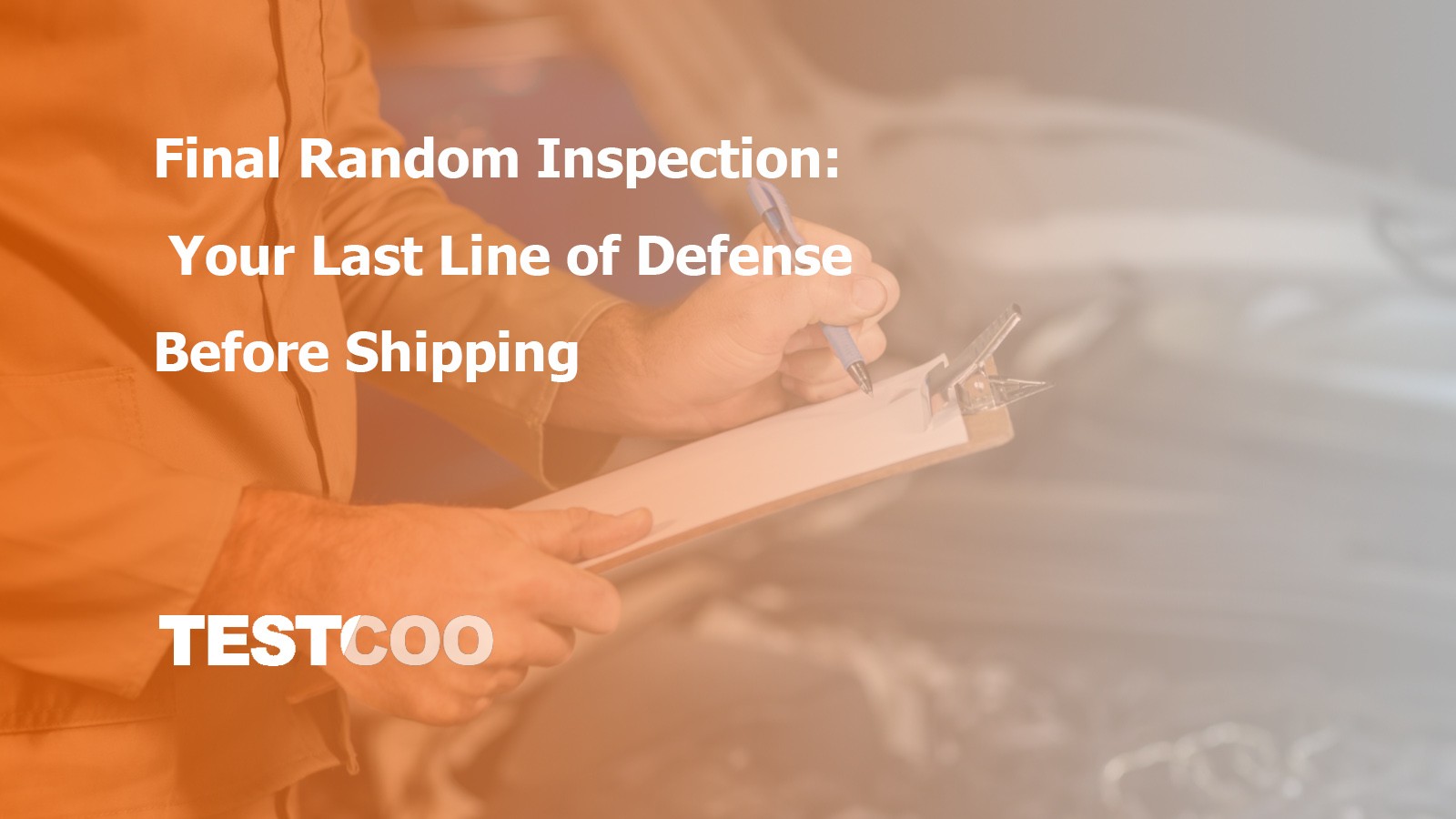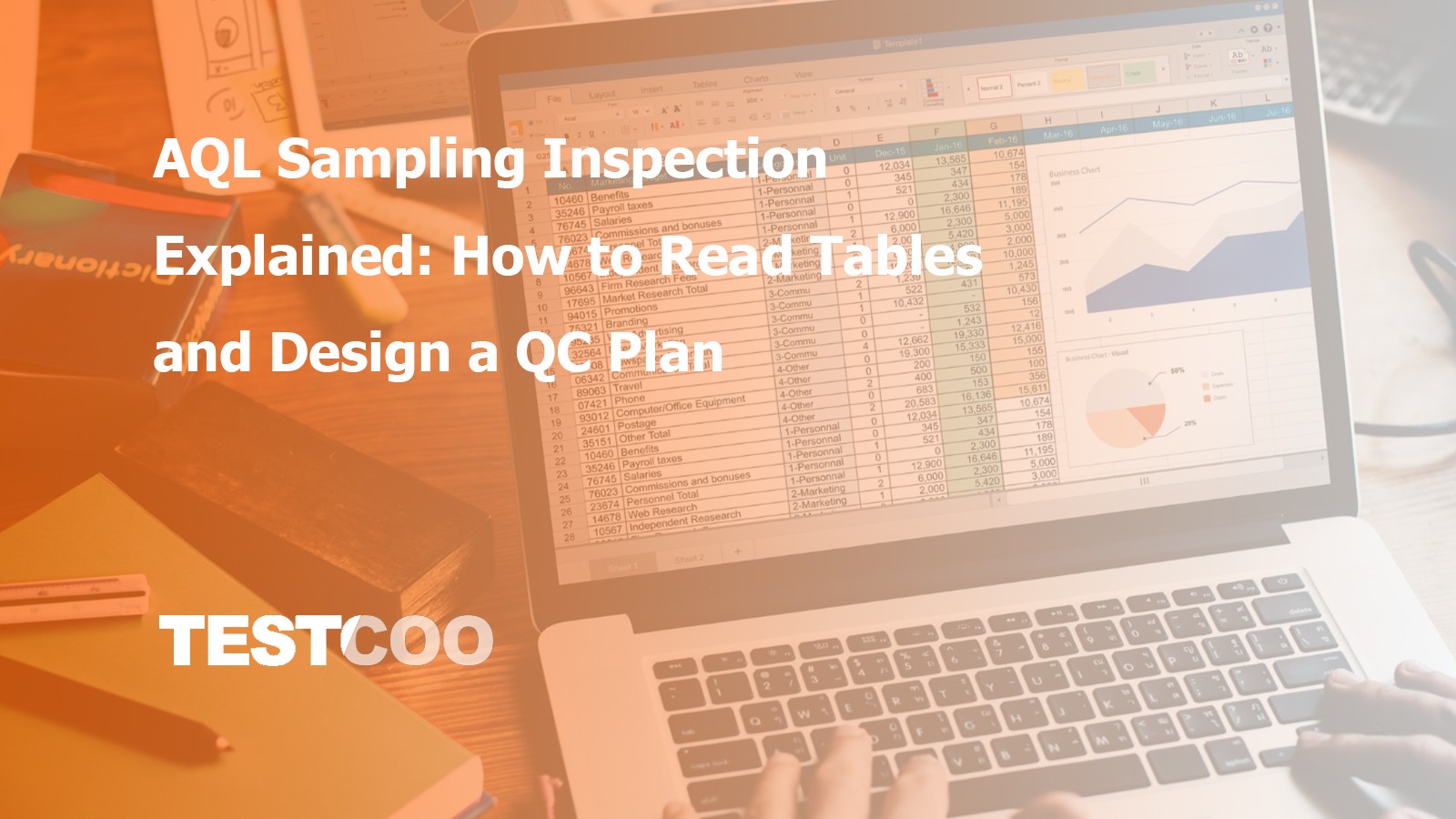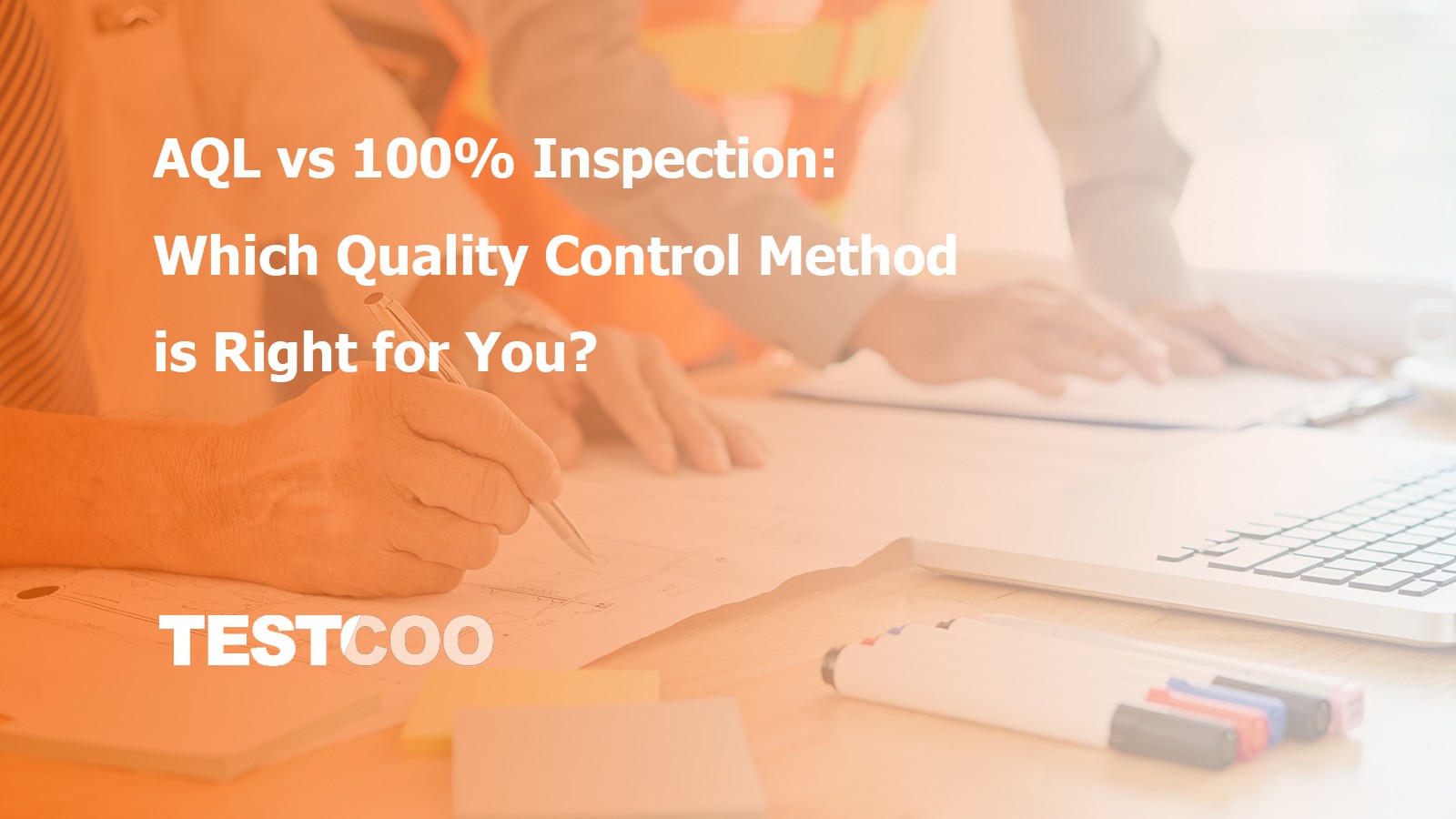Why QC Professionals Use AQL Sampling for Product Inspection?
Professionals in the quality control field have been using AQL as the basis for acceptance sampling for decades. Sometimes it’s desirable to inspect an entire order of goods. But in most cases, you’ll benefit more by having inspection staff pull a random sample of units from the total order to check using AQL. Let’s look at why professionals typically use AQL sampling for product inspection.
Sampling reduces waste when inspection includes destructive testing
Acceptance sampling with AQL has early origins. The practice was popularized by Harold F. Dodge and Harry Remig for use by the United States military during World War II. The military faced a problem with the need to test bullets for quality and function. As with many products today, testing bullets was destructive—the bullets themselves were destroyed by the process. So the military had to devise a way to test enough bullets to give them assurance about the quality of a lot without testing so many that none were left to ship to the field. Sampling with AQL addressed these concerns.
By pulling a sample of bullets at random from a lot, the military was able to test part of the lot and use those results to estimate the quality of the total lot. This ensured that bullets weren’t needlessly destroyed by excessive testing. And based on a history of product quality reported over time, the military was able to further optimize the sample size tested. They could pull a larger sample for testing when variance or other factors contributed to lower quality or pull a smaller one when product quality was more consistent.
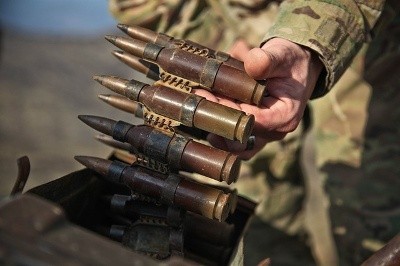
In the same way, if you’re manufacturing a product that requires destructive testing, such as composition testing for fabric, using acceptance sampling with AQL can help you manage quality while limiting waste.
Why not conduct quality control inspection on 100 percent of an order?
Many importers believe that the more units of their product they inspect, the more confident they can be about the quality of an order. And they’re right. You’ll have a more complete overview of quality by checking a greater number of units. And no sampling plan offers you more transparency than a 100-percent inspection of your order.
But some importers fail to recognize two important considerations:
1. You can still get a reasonable idea of product quality by inspecting a much smaller quantity than 100 percent
2. Checking 100 percent of an order tends to be much more costly and time-consuming than checking a smaller sample
Let’s say you’re importing 2,500 tablet PCs from a factory in Shenzhen, China. You require QC staff to conduct a number of standardized on-site tests for your product. Aside from basic function tests, such as checking power ON/OFF, touch screen, camera, playback and Bluetooth connection, there’s also a barrage of nearly 15 other tests required for your product. If an inspector needs 5 minutes to perform all of these tests, it would take them more than 208 hours to inspect all 2,500 tablets.
Assuming 8 hours in a workday, you’d need one inspector working for 26 days to inspect 100 percent of your order in this example. For most importers, 26 days is way too much time to spend checking an order before it ships, especially if you wait until the order is packaged. And your supplier won’t likely be willing to wait 26 days before shipping to allow for this inspection.
In contrast, if you chose to inspect using AQL sampling in this example, the highest possible sample size for your lot of 2,500 tablets would be 200 units.

If all factors remain unchanged except the number of units checked, this inspection could be completed by a single inspector in about 2 days using AQL sampling. And because AQL relies on statistics, you’d still be able to make an informed decision regarding whether or not to ship the order based on the results of this inspection.
We can see that inspecting a sample of goods using AQL typically requires less time than inspecting 100 percent of an order. But what’s the difference in cost?
Some importers choose to rely on QC staff at the factory to ensure their product meets their standards. But most tend to insist on outside inspection, often hiring professionals based near their supplier’s factory to inspect on their behalf. When you’ve hired a contractor or a third-party inspection company that’s billing you based on time—often expressed in “man-days”—100 percent inspection can be expensive.
The 100-percent inspection of tablet PCs in the earlier example required 26 days to complete. If a single inspector charges $250 per day, that’s a total of $6,500 billed for inspecting just one order. Whereas, in the 2-day inspection checking a sample of 200 units, the same inspector would bill you only $500 for the service—that’s quite a difference!
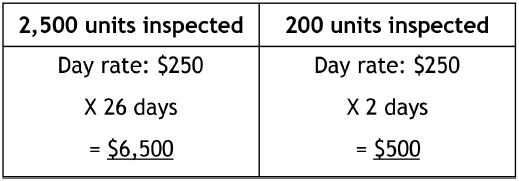
There are cases where you may benefit from 100-percent inspection over inspecting a sample with AQL. For example, if your shipment is a relatively small quantity or a trial order, the cost and time needed to inspect every unit may not be unreasonable. And a higher retail price for certain products, like luxury bags, may justify 100-percent inspection.
Why not just choose an arbitrary sample size to inspect?
Importers sometimes suggest pulling a sample of 10, 15, 20 percent or some other portion of a lot for inspection, rather than using AQL. But although you may think this is the best approach, it’s actually less efficient to check an arbitrary percentage of units in an order.
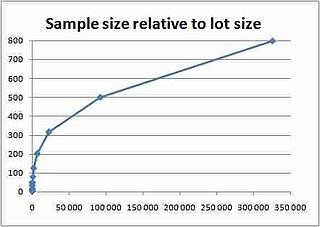
As the statistics governing AQL sampling will show, the greater your lot size the relatively fewer units you’ll need to check to get the same confidence in the inspection result. At some point, inspecting a fixed percentage means spending more time checking more units without offering greater transparency. In these cases, AQL inspections yields equally-reliable results without the need to check as many units.
A professional QC company can often recommend what they feel is an appropriate inspection method. But ultimately the decision about how many units to check must be made by you, the importer, based on your product, budget, appetite for risk and other factors. Most importers of consumer and industrial products will find that an inspection using AQL sampling is best for them most of the time.
Free Sample Report Performance Quality Control
Download a sample report to keep control of your supply chain!
Featured Articles
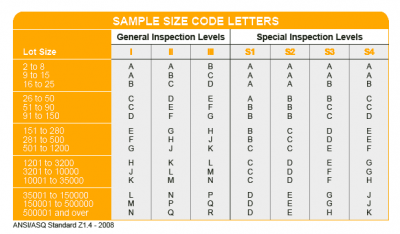 AQL Table | How to Read It
AQL Table | How to Read It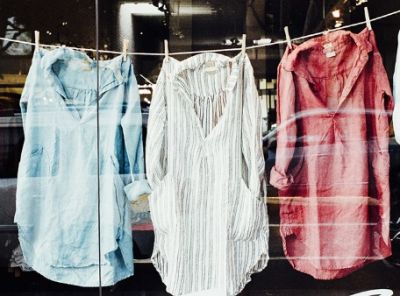 TOP 10 Common Defects in Garments Quality Inspection
TOP 10 Common Defects in Garments Quality Inspection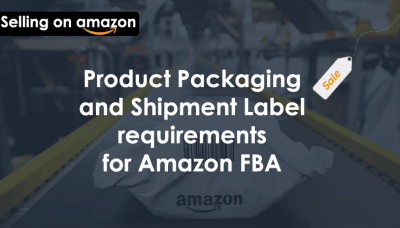 Product Packaging and Shipment Label requirements for Amazon FBA
Product Packaging and Shipment Label requirements for Amazon FBA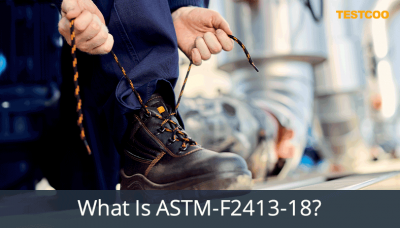 What Is ASTM-F2413-18? Protective Footwear Standard
What Is ASTM-F2413-18? Protective Footwear Standard How to Conduct Third-Party Quality Control Inspections for Electric Scooters
How to Conduct Third-Party Quality Control Inspections for Electric Scooters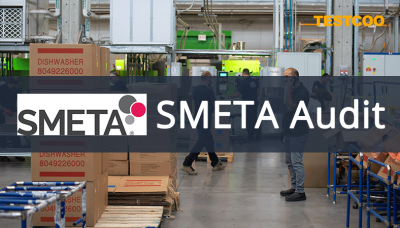 SMETA Audit-What is SMETA Audit?
SMETA Audit-What is SMETA Audit?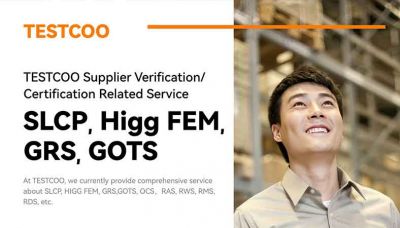 TESTCOO Supplier Verification/Certification Service SLCP, Higg FEM, GRS, GOTS
TESTCOO Supplier Verification/Certification Service SLCP, Higg FEM, GRS, GOTS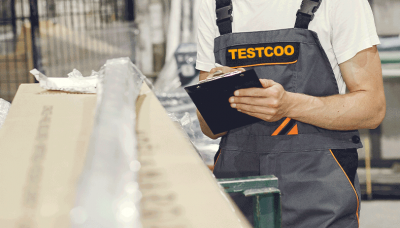 Quality Control Inspection Company in China
Quality Control Inspection Company in China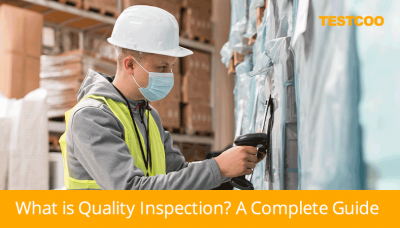 What is Quality Inspection? A Complete Guide
What is Quality Inspection? A Complete Guide Guidelines for Product Inspection in India
Guidelines for Product Inspection in India
Category
- Production Inspection Service
- Factory Audit
- Softline Inspection
- Hardline Inspection
- Electrics Inspection
- Certification
- Checklist
- Manufacturers
- Quality Assurance Basics
- Products Recall
- AQL
- Guidence and Standard
- News
- Supplier Management
- Amazon
- Protective Equipment
- e-commerce quality control
- Indian Manufacturing
- Soft Goods Quality Control
- Supply Chain Management
- Supply Chain Resilience
- E-Commerce Quality Control
- ISO 2859
- Supply Chain Optimization
- Garment Industry
- Higg Index

